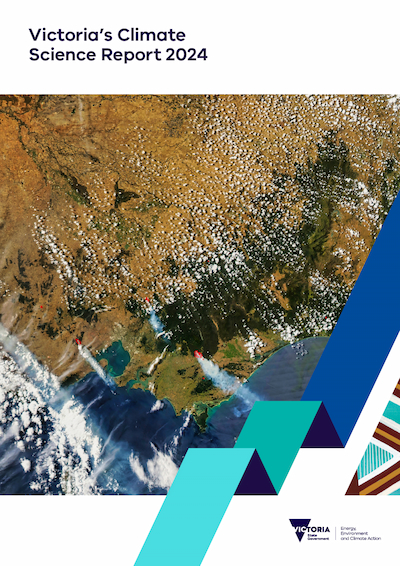The Victorian Government has just released Victoria’s Climate Science Report 2024 (VCSR24). This up-to-date climate science can be used by decision-makers to consider Victoria’s changing climate in risk assessments and adaptation planning.
Evidence that Earth’s climate is changing has strengthened since the publication of Victoria’s Climate Science Report 2019. The 2024 report builds on the 2019 report, which remains a relevant component of our scientific evidence base.
The VCSR24 highlights that we can minimise the impacts of climate change if global emissions achieve a low emissions scenario. This shows that it is not too late to act, and that further action to reduce greenhouse gas emissions is crucial to reducing the impacts of climate change.
VCSR24 highlights the following key messages:
- Victoria’s climate has continued to warm since the 19th century, becoming drier in recent decades and experiencing more frequent and intense climate hazards.
- Victoria will experience a warmer future climate with further increases to average temperatures and more frequent and intense hot days.
- Compared to a baseline climate for the period between 1986-2005, Victoria is expected to experience average warming of 1.5 °C by 2050 and 3.1 °C by 2090 under a high emissions scenario.
- Under a low emissions scenario Victoria is expected to warm by 1.1°C by 2050, with little subsequent warming compared to 1986-2005.
- Victoria is likely to continue to become drier, especially in winter and throughout the cool season (April – October), while the intensity of short duration extreme rainfall events is projected to increase.
- High-impact climate hazards that affect Victoria, including floods, heatwaves, drought, bushfires and sea-level rise, are also changing and are projected to exacerbate under a warming climate.
Further information on VCSR24 is available on DEECA’s website: Victoria’s Changing Climate
